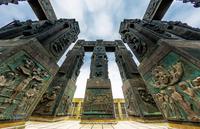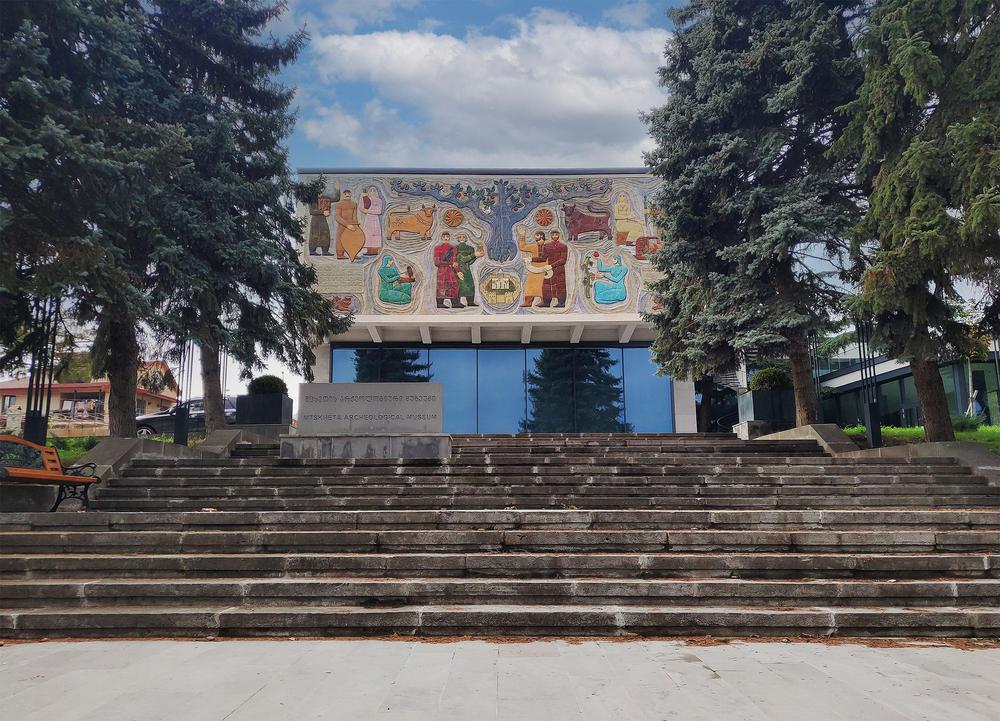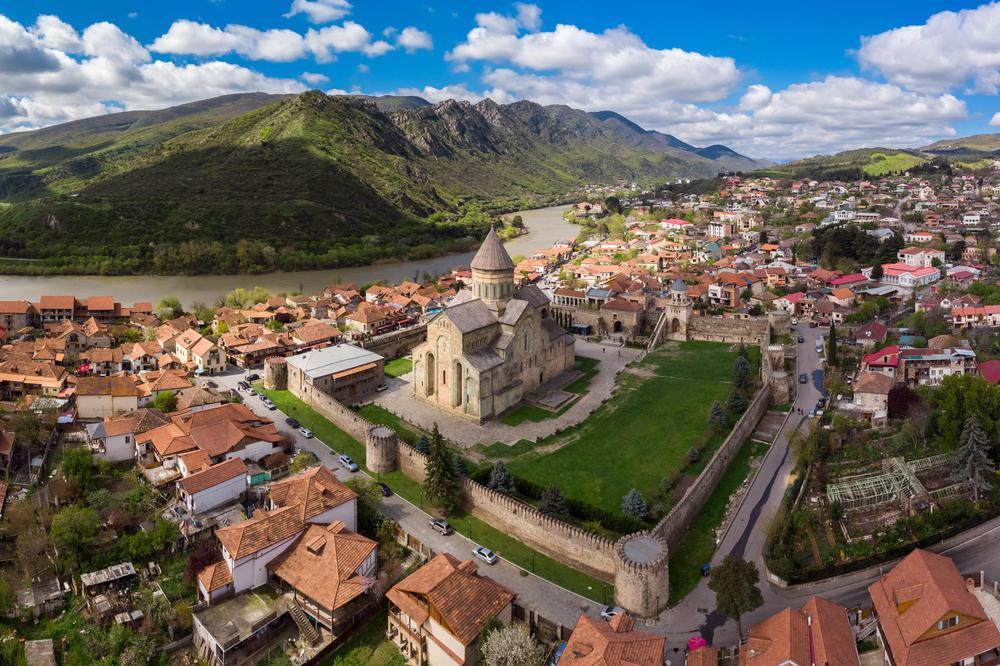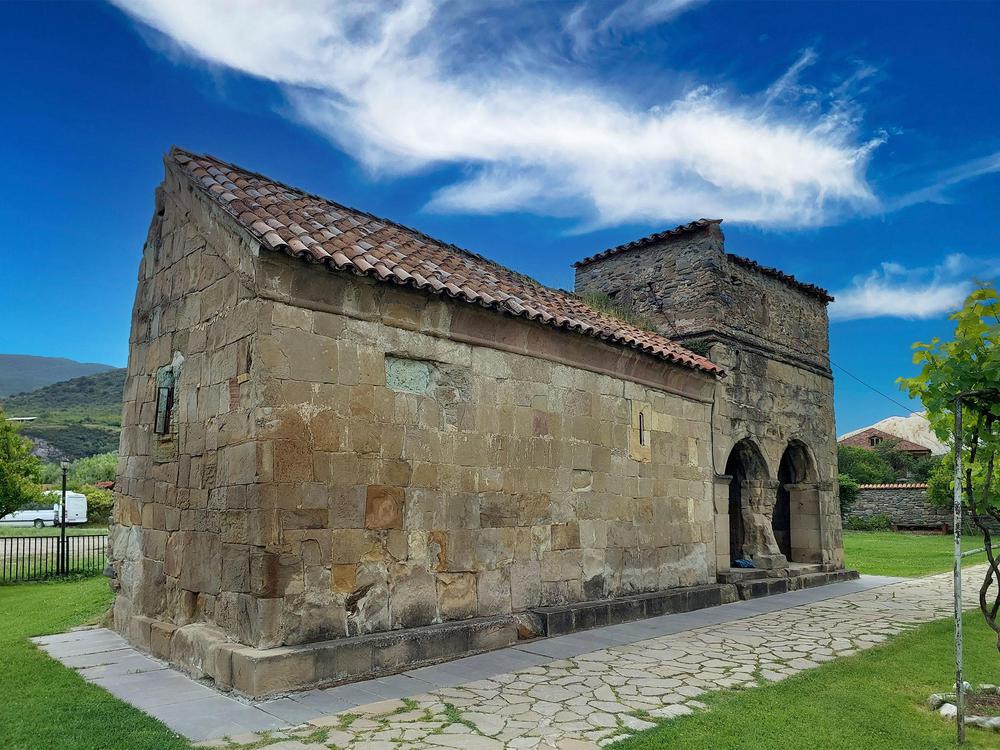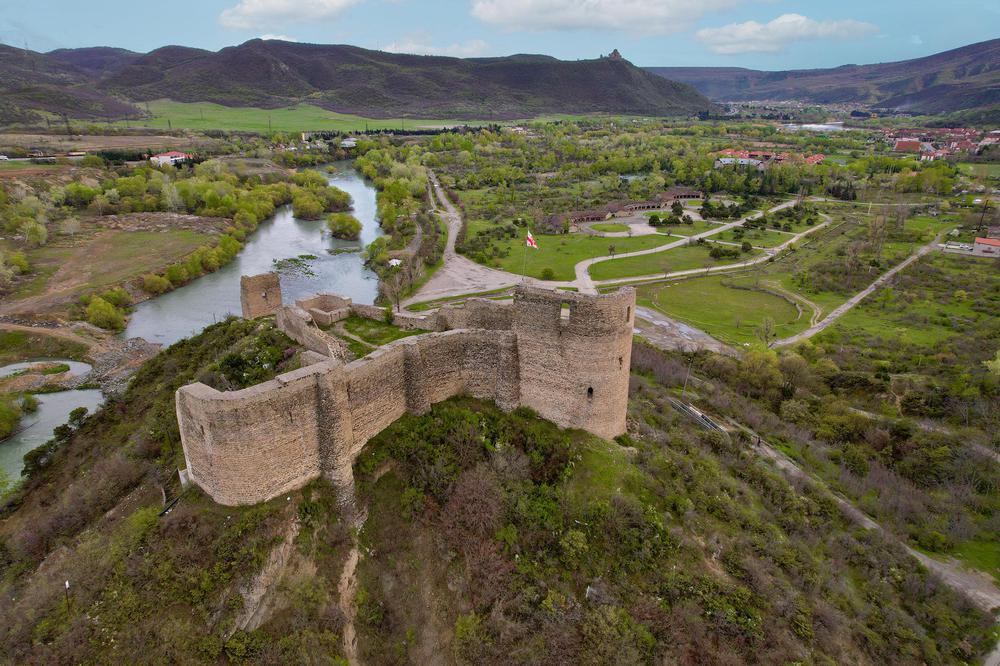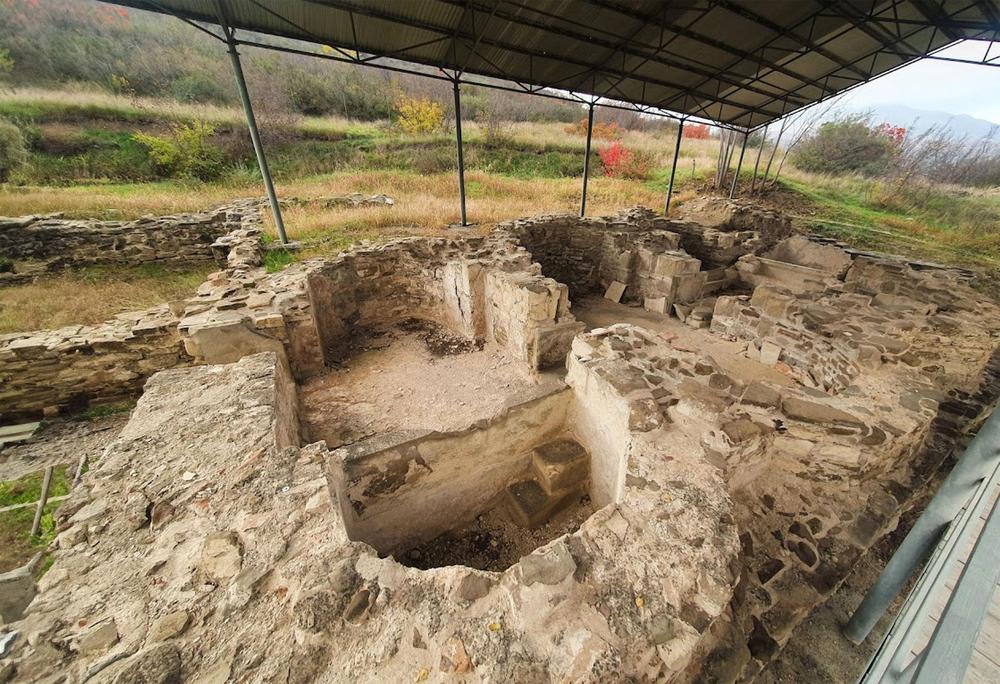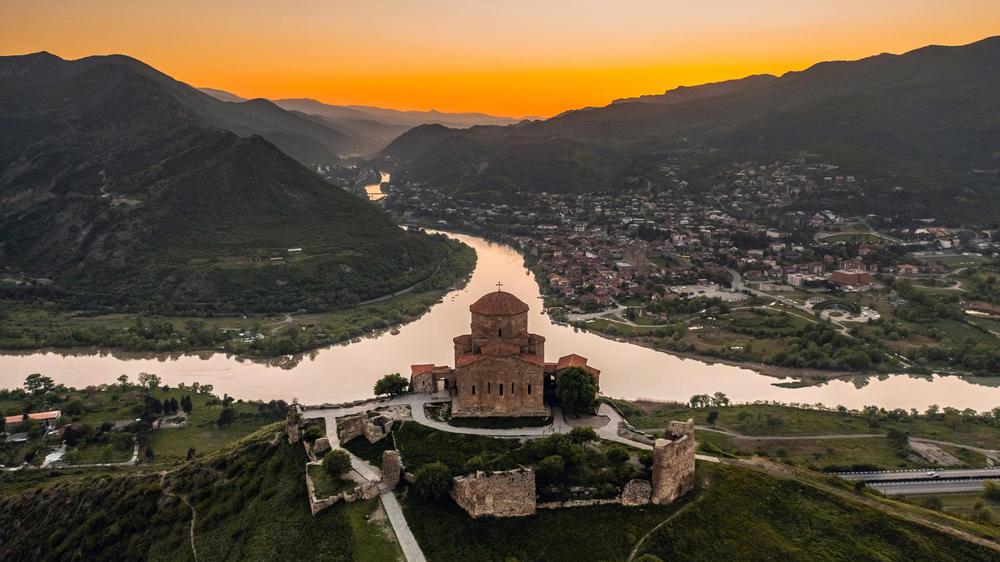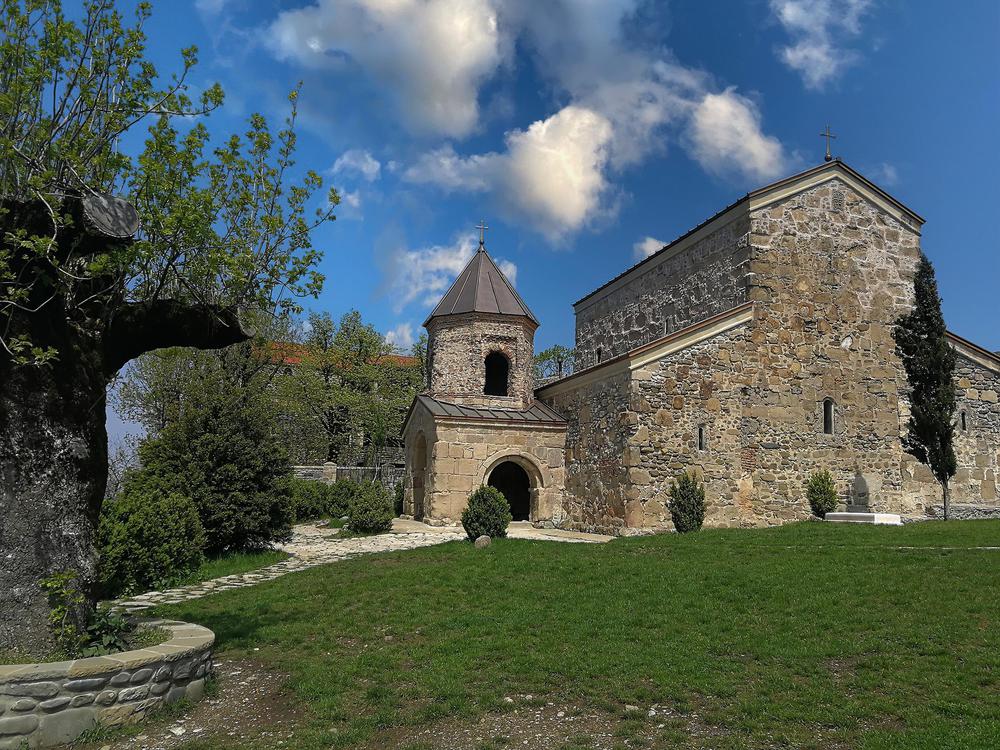The Samtavro Monastery stands as a testament to Georgia's spiritual depth and architectural prowess. Nestled in the heart of Mtskheta, this historic landmark encapsulates the essence of the town's rich ecclesiastical heritage. King Mirian, captivated by the holiness of the place after the demise of St. Nino, initiated its construction, thus imbuing it with a deep sense of sacredness.
The monastery's history is intimately intertwined with Georgia's first Christians, St. Nino and St. Gabriel. Significantly, King Mirian and his queen, Nana, found their eternal resting place in Samtavro, making it a reverential burial site for the highest hierarchs of the church. For centuries, its grandeur as the Christian church's epicenter, augmented by generous donations, rendered it one of Georgia's wealthiest monastic establishments.
Despite succumbing to the ravages of time, the destructive forces of earthquakes, and the wrath of adversaries, Samtavro Monastery was resilient. Its present-day incarnation is a formidable complex, encompassing the large Transfiguration church, the Church of St. Nino, the fortress tower, and several other architectural marvels. In its altar vicinity reside the churches of St. Mirian and Nana, with a credence table placed on the altar's left side.
The monastery is not only a repository of Georgia's architectural and spiritual heritage but also a hub of enlightenment. The second half of the 19th century saw the establishment of a women’s religious school and monastery, further enhancing its religious significance. The holy shrines housed here include the blackberry of St. Nina, part of the life-giving pillar, the icon of the Iberian Mother of God, and relics of Abibos Nekres and St. Shio Mgvime, each bestowing their own miraculous powers.
The architectural composition of Samtavro Monastery is intricate and awe-inspiring. It comprises the main temple, St. Nino's church, a bell tower, and a fence with a tower. Its design is a graceful amalgamation of medieval Georgian architectural aesthetics, with harmonious interiors and meticulously crafted profiles and ornaments.
The history of the monastery lives on through the narratives inscribed on its walls. Frescoes, relics, and icons whisper tales of religious fervor and divine miracles. Amid the hardships of the Soviet era, a determined group of nuns took it upon themselves to preserve the monastery, training as textile workers and establishing various workshops. Their efforts are reflected in the monastic life that thrives in Samtavro Monastery today, ensuring that it continues to be an enduring symbol of Mtskheta's spiritual and cultural heritage.
Steeped in history and sanctified by the presence of Georgia's first Christians, the Samtavro Monastery is not merely a monument. It is a living testament to Georgia's enduring faith, an emblem of spiritual resilience and architectural grandeur that continues to inspire and captivate.





